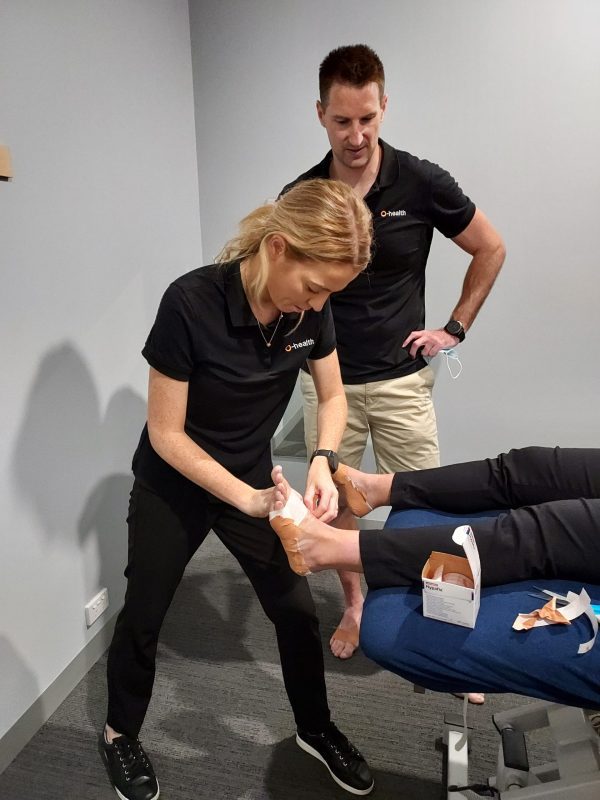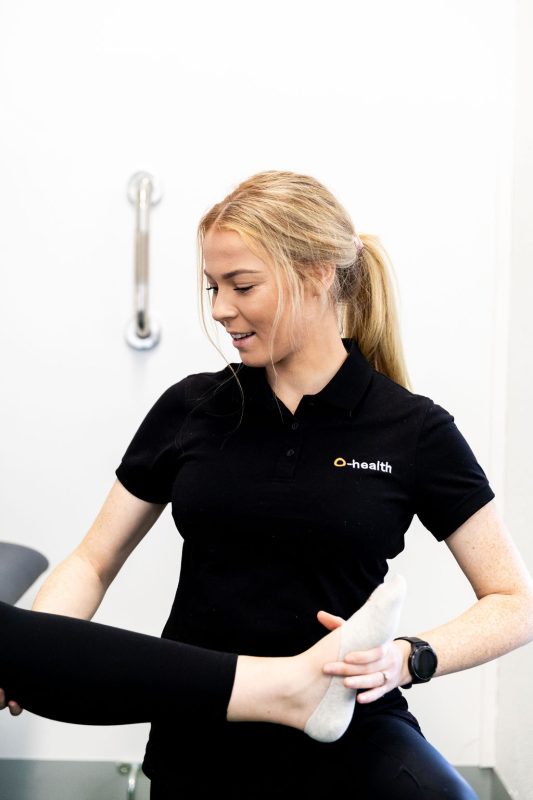It’s that time of year again, the business end of the Winter sporting season. At O-health, we are supporting many patients through the final home and away rounds and into the finals series. Often this involves providing supportive taping or bracing advice, in conjunction with an osteopathy or physiotherapy rehab program.
- Relieve pain
- Improve joint stability
- Enhance athlete confidence
- Reduce injury recurrence
- Prevent injury
- Elastic strapping- This is used when less rigidity or support is required.
- Kinesiology tape- This is an improved version of elastic sports tape that acts to dynamically assist your muscle function.
- The athlete can remain active while injured. It is used to enable early return to sport/training and minimise time lost for injury. While the benefits of taping are as yet inconclusive, the benefits of an active recovery are strongly supported.
- Taping can decrease pain and increase joint stability.
Disadvantages of taping
- Can be bulky (particularly if using a bracing option)
- Can be harmful if not performed correctly (e.g. further injury, skin damage, etc.)
- Can restrict movement and therefore performance
- Could increase risk of injury to other joints
- Can be costly
- Athletes can become dependent on taping and if not provided in conjunction with a rehab plan, it can lead to weakness, stiffness, decreased balance and reduced function which can increase injury risk.


At O-health we provide strapping, taping and bracing advice to all levels and ages of athletes for many different sports. Common areas taped are: feet, backs, ankles, shoulders, knees, hands and fingers.
Generally taping is considered a short term option to facilitate return to sport or ‘nurse’ a patient through the final part of their season. With this in mind, we encourage our patients to attend O-health now to facilitate safe weaning of taping, transition to summer sports AND allow safe commencement of preseason when the time comes.
– Lisa Barry